Avianca Bankruptcy: What it Means in a Nutshell
Although the airline is still flying, its bankruptcy filing will have a lasting impact on the airline’s future. With a smaller fleet, deferred aircraft deliveries, and stronger partnerships, Avianca could emerge leaner but stronger.
Bankruptcy Filing
Avianca, the second largest airline in Latin America (after LATAM Group), filed for bankruptcy in the Southern District of New York yesterday. Although bankruptcy is often associated with liquidation, the airline filed for Chapter 11 Reorganization protection. This means that the airline, currently, plans on continuing to operate, but needs government help to negotiate with creditors and bondholders. The airline needs the government to provide a temporary safe harbor for the airline to decide how to meet its most critical obligations and chart a future where it can continue to meet its long term obligations. This is a common filing, with all major US carriers have filed for Chapter 11 protection since 2008.
Avianca will likely emerge from the safe harbor protection different from what it is now, but I expect the airline to come out better equipped to weather difficult situations.
Impact on Operations
Currently, the airline continues to fly its limited schedule to do COVID19 restrictions. However, the airline intends on slowly ramping up operations as COVID19 is controlled and restrictions are eased. The near term impact of the bankruptcy on operations will be limited, but in the long term, other changes are likely to happen.
In order to secure investor confidence, and meet its financial obligations, the airline will likely increase its ability to centralize management. Avianca currently has three independent carriers: Avianca (Colombia), Avianca Peru, and Avianca (TACA). These carriers each have their own air operating certificate and have some independent management abilities. I suspect that after emerging, the independent carriers will be much reduced (with Avianca Colombia taking over all the routes they can). The airline group is likely to reduce its fleet, and defer any upcoming deliveries. The airline could trim its international route network, keeping flagship routes to Spain, and selling some of its A330s, which are the oldest widebody aircraft in their fleet.
As a result of the fleet downsizing, Avianca will need stronger partnerships to feed its network and provide the same extent of connectivity. Their membership in Star Alliance becomes even more valuable. Providing feed to other Star Alliance carriers, Avianca could funnel passengers from international gateways (such as Bogota, Miami, or JFK) to their partners. This would reduce their need to keep some long haul routes and maintain connectivity.
United Airlines is a major equity player (or at least was) in Avianca. They have since written off most of their investment (meaning they don’t expect to recover the value they invested). However, as a result of the fleet downsizing, Avianca could lean more heavily on the US-based carrier for connectivity throughout the world. Avianca could switch some flights from JFK airport to Newark, a major United hub. Avianca could also increase flights to other United gateways, such as Chicago and Houston. This would open up European cities and Asian cities to Avianca fliers via United.
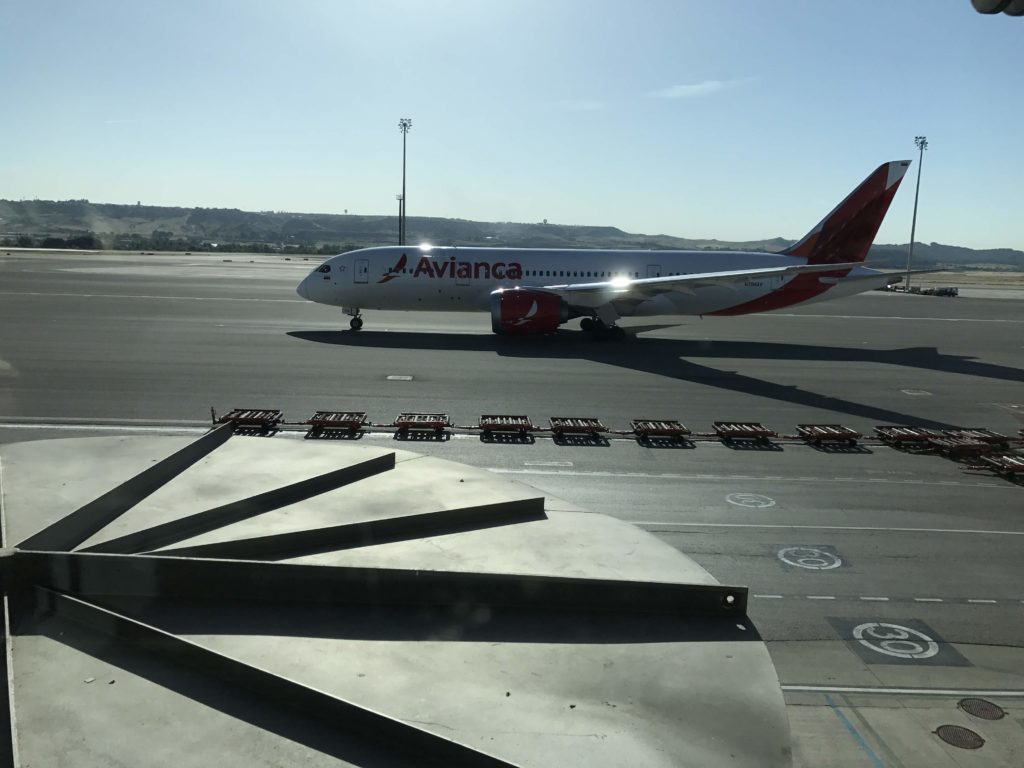
What Happens to LifeMiles?
Avianca’s frequent flyer program, LifeMiles, is widely popular beyond the actual flyers on Avianca. The program often sells miles at a discount, does not charge fuel surcharges, and has reasonable prices for awards. Many people, myself included, have used these promotions to secure unique travel experiences. What will happen to LifeMiles during the bankruptcy?
The airline a few years ago sold part of the program for US$345 million. The joint ownership means that the program is likely to survive liquidation if the airline does liquidate. However, I would not expect most tickets booked, and most miles, to be honored and worth anything post-liquidation. A program without an airline is not much of a program at all. Without an airline to enforce the issued ticket, you are left at the mercy of the operating carrier. I used to purchase LifeMiles in bulk for future travel, however now I do not recommend this. Hedging miles is risky, and hedging LifeMiles is too risky for me (and most reasonable flyers).
Landing Thoughts
COVID19 is looking to take out many airlines, with liquidity crises among all kinds of airlines. Avianca, one of the oldest airlines in the world (they are 100 years old as of 2019), is now at risk of succumbing to financial pressures. Although I don’t expect this to happen, it is a real risk. Avianca has been near and dear to me, as they are the only airline that flies to South America from my home of Puerto Rico. I truly hope the airline continues to fly, even if reduced, to honor that century-old legacy and to keep the Avianca name alive.
What do you think? What do you think will happen to Avianca? Can they survive Chapter 11 Reorganization? What will the airline look like after the crisis?
Here is a list of all my flight reviews: The Millennial Traveler Flight Reviews
Here is a list of all my lounge reviews: The Millennial Traveler Lounge Reviews
If you want to stay up to date with the latest airline news follow me on Twitter, Facebook or LinkedIn!
Also follow Travel Update and Boarding Area on Twitter!




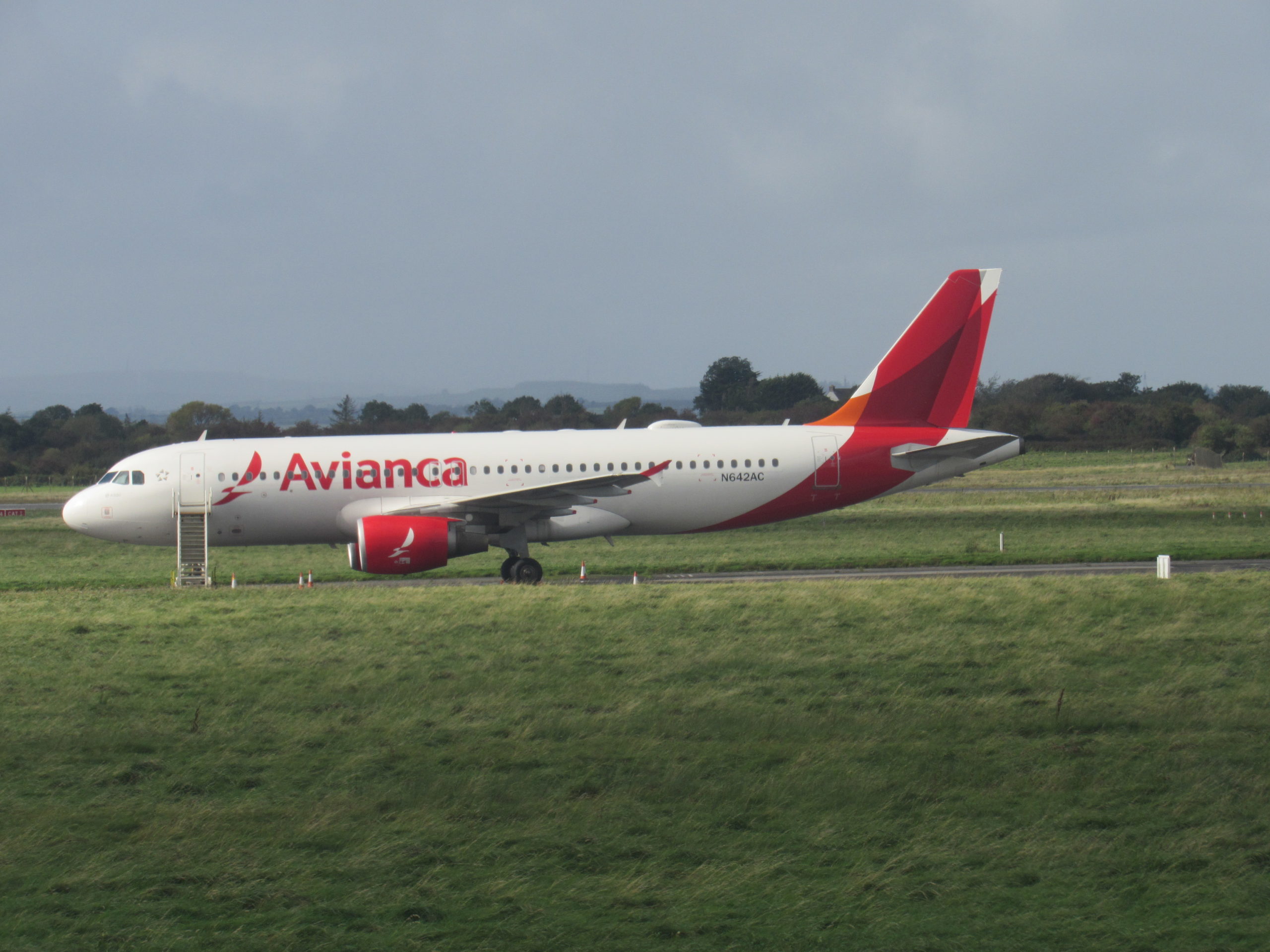
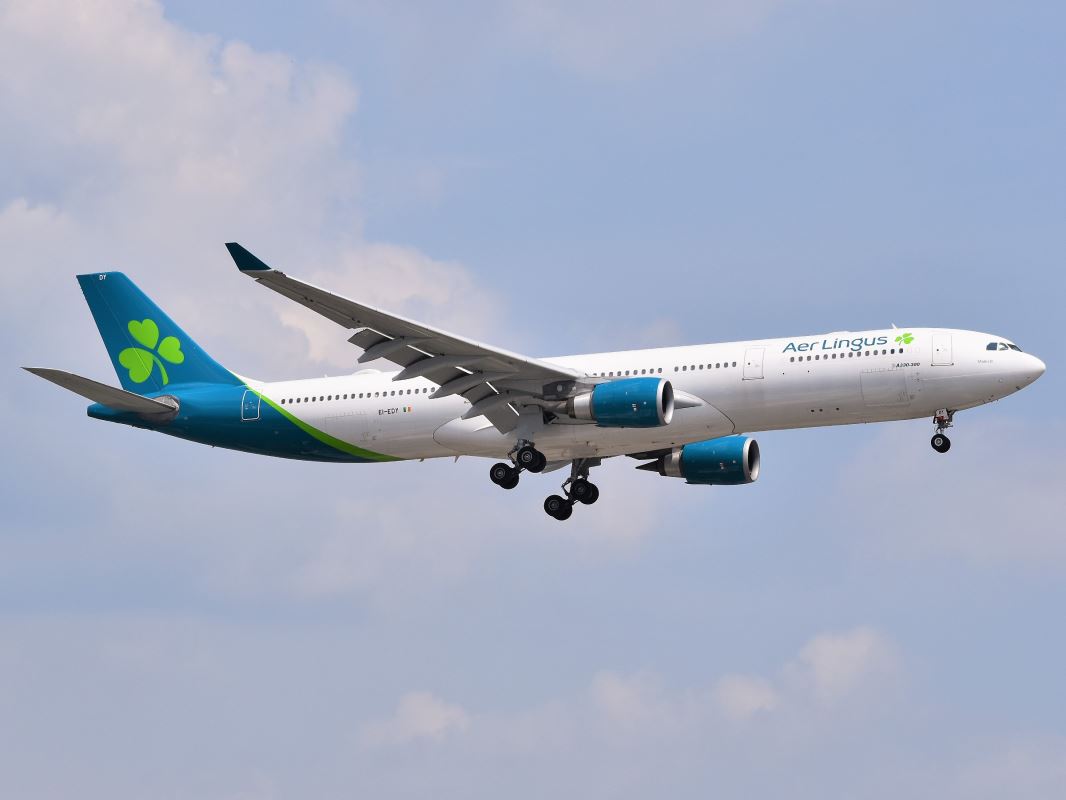


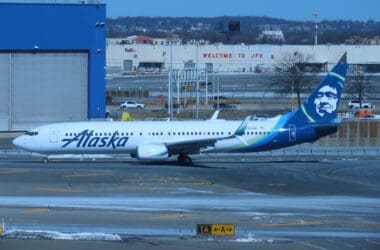

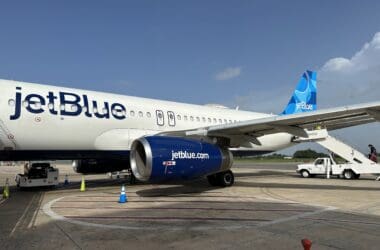

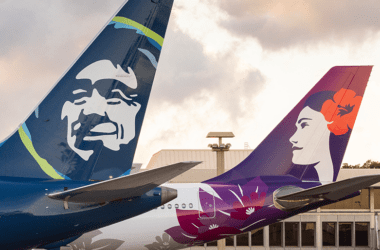
Why would an airline based in South America file for bankruptcy in New York?
They’ll be filing for the Columbian version of specific chapter of bankruptcy in SA, as well as filing in NY. The reason for that is they have major employees, facilities and creditors/suppliers for N America in New York and that’s where their US offices are based. I don’t remember off the top of my head just what the Columbian equivalent of chapter 11 is called, but I’m pretty sure its NOT referred to there as “chapter 11”? However, they DO have pretty much of an equivalent, just like for example when Virgin Aus. pulled their move, in the last couple of weeks, into what the Australian legal system calls “administration”, or “administrative receivership”.
Also, while you are correct please spell Colombia correctly. Thank you. Please pass it on to your friends. THERE IS NO “U” IN COL”O”MBIA.